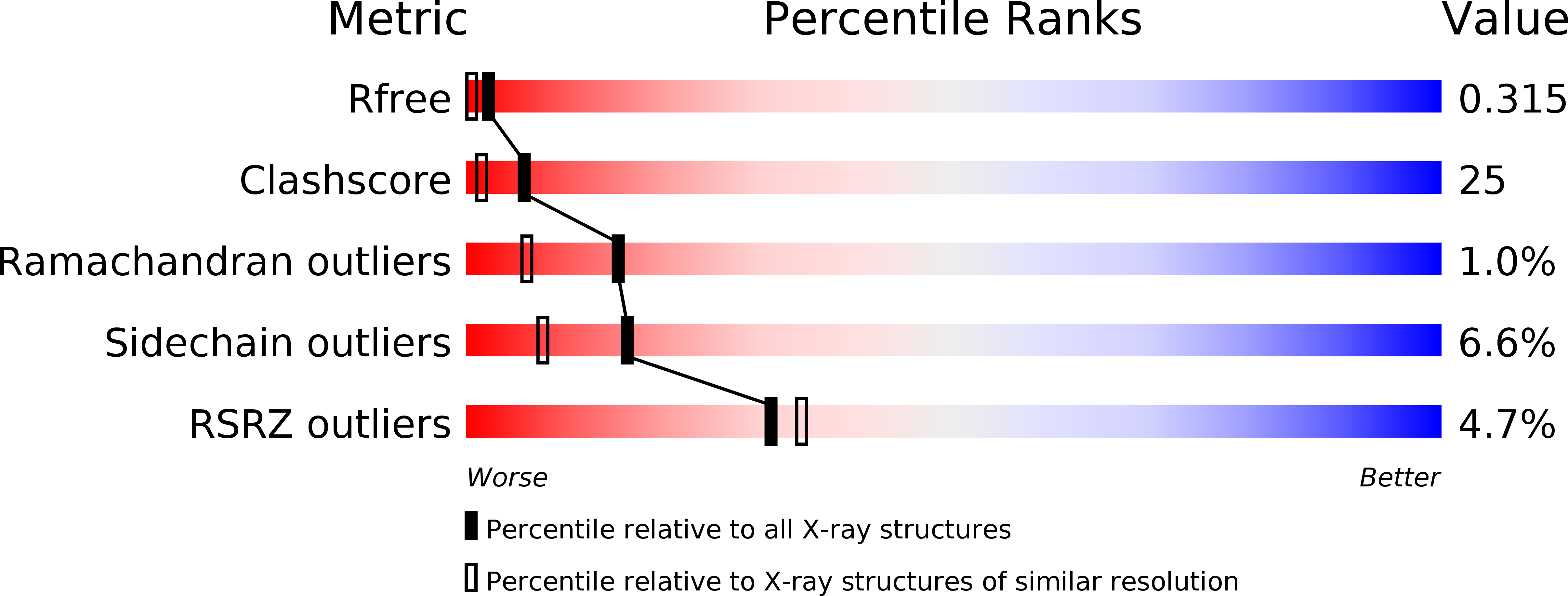
Deposition Date
2002-01-24
Release Date
2002-02-14
Last Version Date
2024-10-09
Entry Detail
PDB ID:
1GU9
Keywords:
Title:
Crystal Structure of Mycobacterium tuberculosis Alkylperoxidase AhpD
Biological Source:
Source Organism:
MYCOBACTERIUM TUBERCULOSIS (Taxon ID: 83332)
Host Organism:
Method Details:
Experimental Method:
Resolution:
1.90 Å
R-Value Free:
0.31
R-Value Work:
0.24
R-Value Observed:
0.24
Space Group:
C 1 2 1


